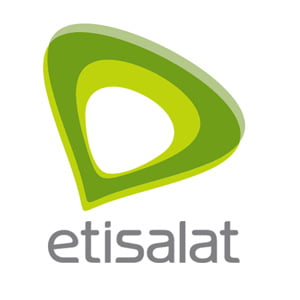4G mobile broadband using LTE technology is the ultimate future for broadband services in India forecasted Amaru Chavez, Group Chief Technology at Etisalat at the annual LTE India conference which took place in the Indian capital.
Consumer demand for broadband services and capacity continues to accelerate and only technologies which are scalable will be able to support the future demand for online content such as video, social media, gaming and business services.” Etisalat’s Group Chief Technology Officer continued to explain some of the advantages that LTE provides over 3G and fiber technologies and in particular, how at higher capacity rates LTE is a much more efficient technology than 3G and HSPDA.
LTE is an optimum solution to provide high speed broadband connectivity in high density areas, such as cities and commercial hubs. It is a proven technology that is capable of providing highly reliable and secure connectivity which delivers a superior experience for the consumer and business alike. It is also faster to deploy than fiber and future proofed to ensure long term return for investors

Etisalat is a long-term investor and we are committed to supporting the development of the telecoms sector in each country which we are present.” Chavez then provided insight on some of the challenges that may lie ahead for LTE in India, citing the requirement for sufficient spectrum, and a positive investment environment to encourage able players (both foreign and local) to participate in enhancing India’s infrastructure.
Amaru Chavez, Group Chief Technology Officer at Etisalat said: “LTE is faster, newer and more efficient than other technologies and has a clear roadmap to enable almost unlimited capacity. LTE has a lot to deliver, both for the operator, the customer and also for the economy as a whole. Wider access and faster broadband speeds directly enhance the ability of consumers to access educational resources and companies to trade in international markets. This provides benefits nationally and has the ability to influence strategy at the highest levels. This is a matter of great importance and all stakeholders – regulators, operators, device manufactures and infrastructure vendors – should engage in dialogue to identify a viable roadmap with mutual benefit for all, and most importantly the end customer.”


